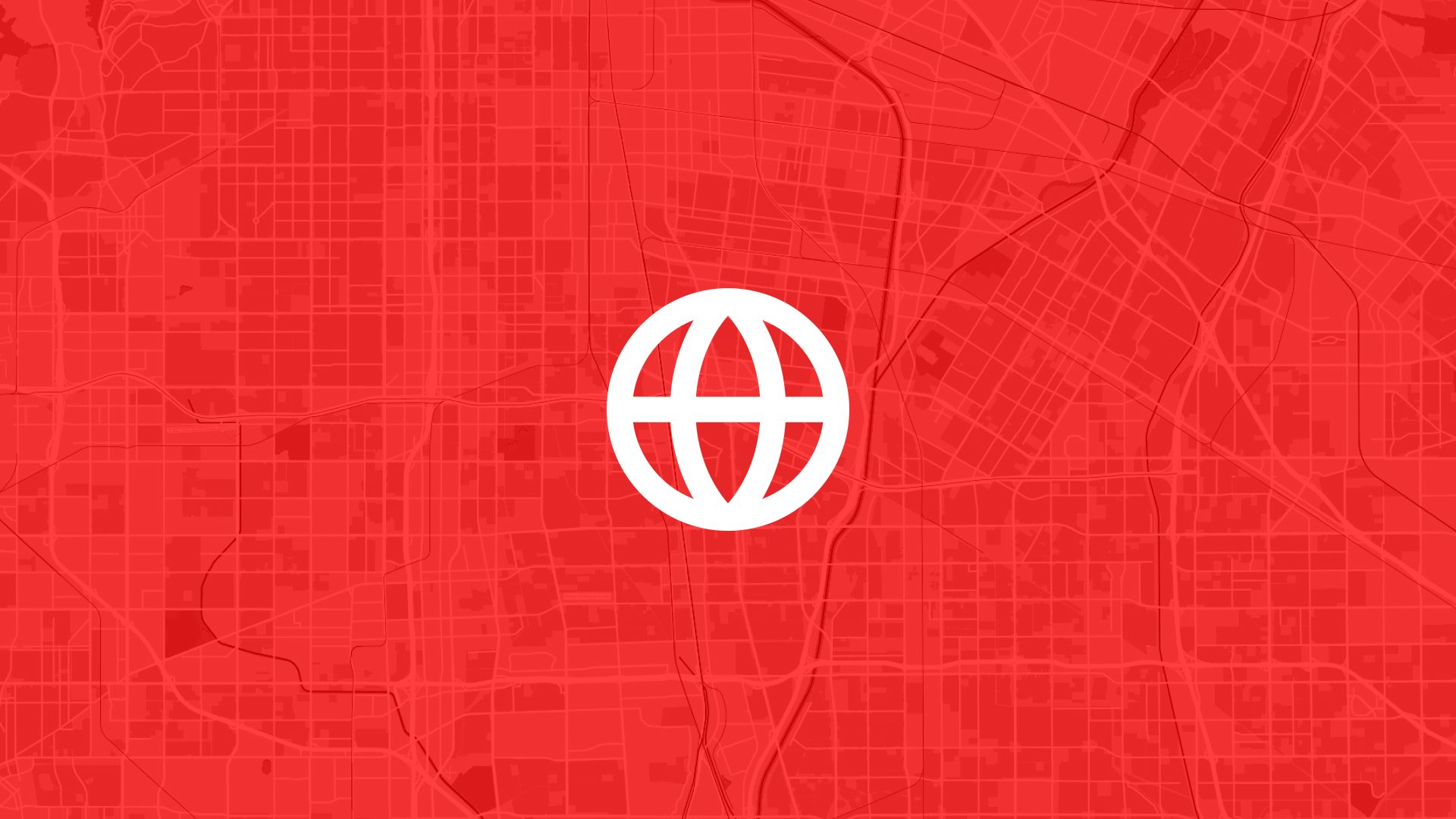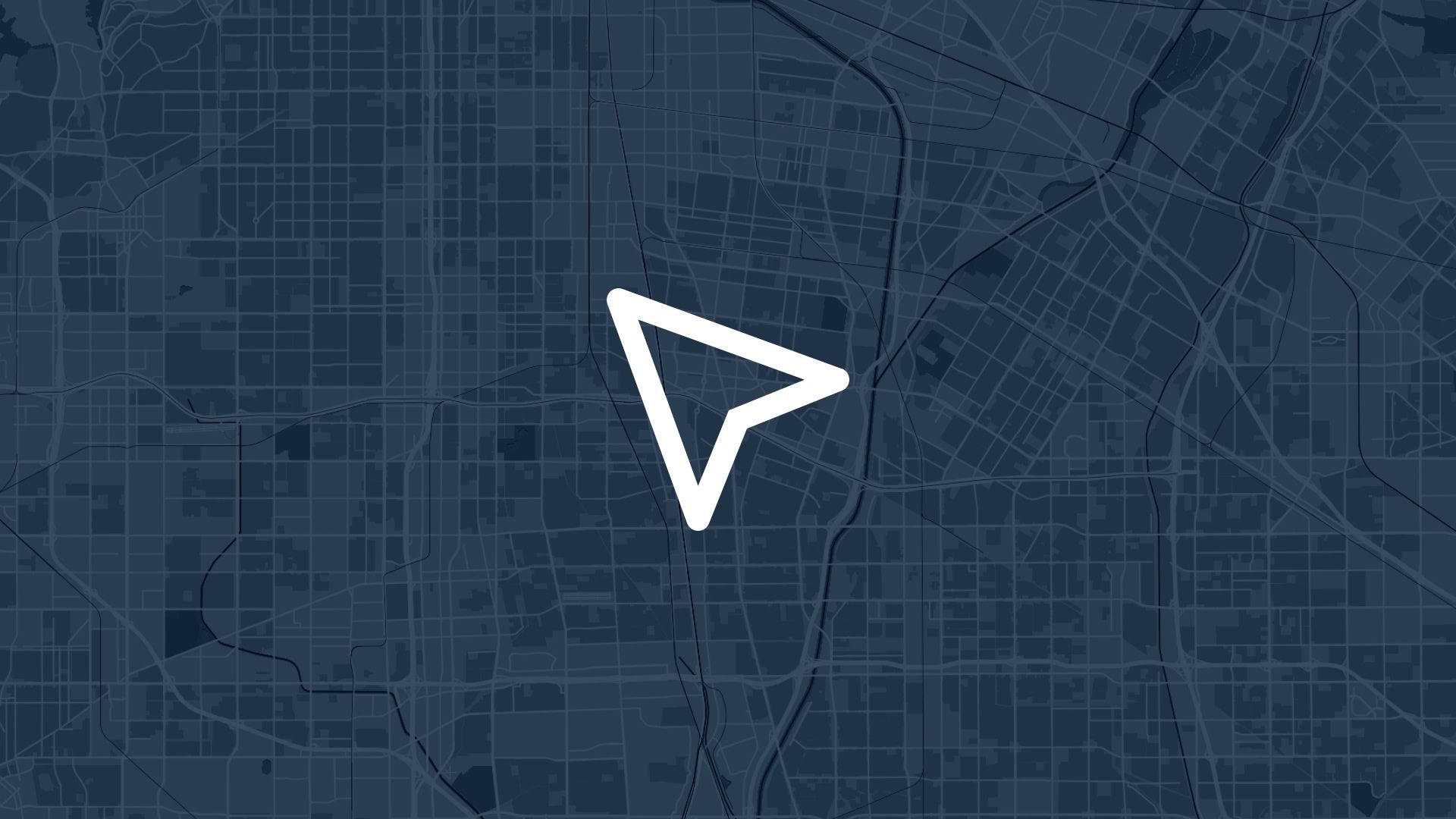The most powerful spatial analysis combines artificial intelligence with geographic data to automate data enrichment, extract insights, and perform analysis that would take days or weeks manually.
If your geospatial workflows require manual data entry, repetitive field calculations, or time-consuming analysis of location attributes, you're missing the intelligence that AI-powered field operations provide for automated data processing, content generation, and spatial analysis. That's why forward-thinking organizations ask: can we leverage GeoAI (artificial intelligence for geospatial data) to transform location-based information into actionable intelligence through AI-powered field operations and automated data enrichment?
With Atlas, you can leverage AI directly within your data fields to automate calculations, generate content, classify locations, and enrich spatial datasets with intelligent analysis. No complex AI infrastructure, no model training required, no barriers to AI-powered geospatial insights. Everything starts with your geographic data and AI field operations.
Here's how to leverage AI in your geospatial workflows.
Why AI-Powered Fields Matter for Geospatial Workflows
Integrating artificial intelligence directly into data fields enables automated data enrichment, intelligent analysis, and content generation that transforms manual geospatial workflows.
So GeoAI in Atlas isn't about training models—it's about leveraging AI directly in your workflow through intelligent field operations that automate data processing, enhance analysis, and generate insights on demand.
Step 1: Set Up Your Geospatial Dataset with AI-Ready Fields
Atlas makes it easy to leverage artificial intelligence within your geographic data through AI-powered fields:
- Upload spatial datasets including point locations, boundaries, property data, or infrastructure information that needs AI enhancement
- Add data fields for numbers, text, or categories where you want AI to automatically populate, analyze, or generate content
- Configure AI instructions for each field, telling the AI what to calculate, extract, classify, or generate based on location attributes
- Include source data providing the attributes, context, and spatial relationships that AI uses to enrich your dataset
Once configured, AI operates directly within your data fields, automatically processing and enriching geographic information as needed.
Step 2: Use AI to Automatically Populate and Enrich Data Fields
Next, leverage AI field operations to automatically generate content, calculate values, and classify locations:
You can configure AI for different field types:
Number fields with AI:
- Calculate property values, risk scores, or priority rankings based on location attributes and spatial context
- Generate distance measurements, density calculations, or aggregated statistics from surrounding features
- Compute suitability scores for site selection based on multiple spatial and attribute criteria
Text fields with AI:
- Generate location summaries, property descriptions, or area analyses automatically from spatial data
- Create reports about neighborhood characteristics, accessibility, or environmental conditions
- Extract and summarize information from multiple attributes into readable text
Category fields with AI:
- Classify locations into categories (high/medium/low risk, residential/commercial/industrial, etc.) based on attributes
- Assign zones, types, or statuses automatically using AI analysis of spatial and non-spatial characteristics
- Tag features with relevant labels based on context, relationships, and patterns
Each AI-powered field automates work that would otherwise require manual data entry, complex formulas, or repetitive analysis.
Step 3: Configure AI Instructions for Spatial Intelligence
To ensure AI generates the insights you need for each location:
- Write clear AI instructions telling the AI exactly what to analyze, calculate, or generate for each field based on available data
- Reference spatial relationships instructing AI to consider proximity, containment, or relationships with other features in analysis
- Specify analysis criteria defining what makes a location suitable, risky, valuable, or noteworthy for AI classification and scoring
- Include context sources directing AI to consider demographic data, environmental factors, or operational constraints in its analysis
- Set output formats specifying whether you need numeric scores, categorical classifications, or descriptive text for each AI-powered field
Clear instructions ensure AI field operations produce relevant, accurate, and actionable intelligence for your specific use case.
Step 4: Automate Data Enrichment Across Your Dataset
To process multiple locations efficiently with AI-powered field operations:
- Run AI operations in bulk applying AI instructions to hundreds or thousands of features simultaneously for consistent data enrichment
- Set up automatic triggers configuring AI to run whenever new features are added or existing data changes
- Chain AI operations using AI-generated content from one field as input for AI analysis in subsequent fields
- Create reusable AI configurations saving AI instructions to apply the same intelligence across multiple datasets or projects
- Combine AI with spatial analysis using AI-generated classifications or scores in filtering, styling, and spatial relationship queries
AI field operations scale from single locations to entire datasets without manual processing or formula complexity.
Step 5: Visualize and Analyze AI-Enriched Data
To make AI-generated insights accessible and actionable:
- Style maps by AI fields using AI-generated categories, scores, or classifications to color-code locations and reveal patterns
- Filter by AI-generated values finding locations that meet specific AI-determined criteria for targeting or analysis
- Create dashboards with AI metrics displaying summaries, charts, and statistics based on AI-enriched data fields
- Export AI-enriched datasets saving geographic data with AI-generated content for use in reports, other systems, or further analysis
- Share interactive maps enabling stakeholders to explore locations with AI-generated descriptions, scores, and classifications
AI-powered fields transform raw geographic data into intelligence-rich datasets that support better decision-making.
Also read: Build a Forest Health Dashboard with Maps
Step 6: Integrate AI-Enriched Geospatial Data into Workflows
Now that AI is automatically enriching your spatial data:
- Use AI classifications for routing directing records, tasks, or resources based on AI-generated categories or priority scores
- Trigger workflows from AI thresholds automatically alerting teams or initiating actions when AI scores exceed defined levels
- Combine AI with human review using AI to pre-process and flag locations for focused human analysis and decision-making
- Generate automated reports creating summaries, briefings, or documentation using AI-generated text fields and classifications
- Integrate with external systems exporting AI-enriched geospatial data to CRMs, ERPs, or business intelligence platforms
AI field operations become part of your organizational workflow, continuously enriching location data and supporting better spatial decisions.
Use Cases
AI-powered fields for geospatial data are useful for:
- Real estate teams using AI to automatically generate property descriptions, calculate investment scores, and classify locations by suitability
- Site selection analysts leveraging AI to score potential locations based on multiple criteria and generate site assessment summaries
- Emergency management applying AI to classify incident severity, prioritize response locations, and generate situation reports automatically
- Field operations teams using AI to categorize service calls, calculate priority scores, and generate routing instructions based on location attributes
- Urban planners leveraging AI to classify parcels, assess development potential, and generate neighborhood characteristic summaries
It's essential for any organization where manual data entry, repetitive calculations, or time-consuming location analysis creates workflow bottlenecks.
Tips
- Start with repetitive tasks identifying manual data entry or calculations that AI can automate through intelligent field operations
- Write specific AI instructions providing clear guidance about what to analyze, calculate, or generate rather than vague prompts
- Test on sample features first validating that AI generates expected results before running operations across entire datasets
- Combine multiple AI fields using AI-generated content from one field to inform AI operations in related fields for comprehensive enrichment
- Review and refine checking AI outputs periodically and adjusting instructions to improve accuracy and relevance
Implementing AI-powered fields in Atlas enables automated data enrichment and intelligent geospatial analysis.
No AI infrastructure or model training needed. Just configure AI instructions for your data fields, let artificial intelligence automate calculations and content generation, and unlock the spatial intelligence that accelerates workflows and improves decision-making.
Sign up for free or book a walkthrough today.





